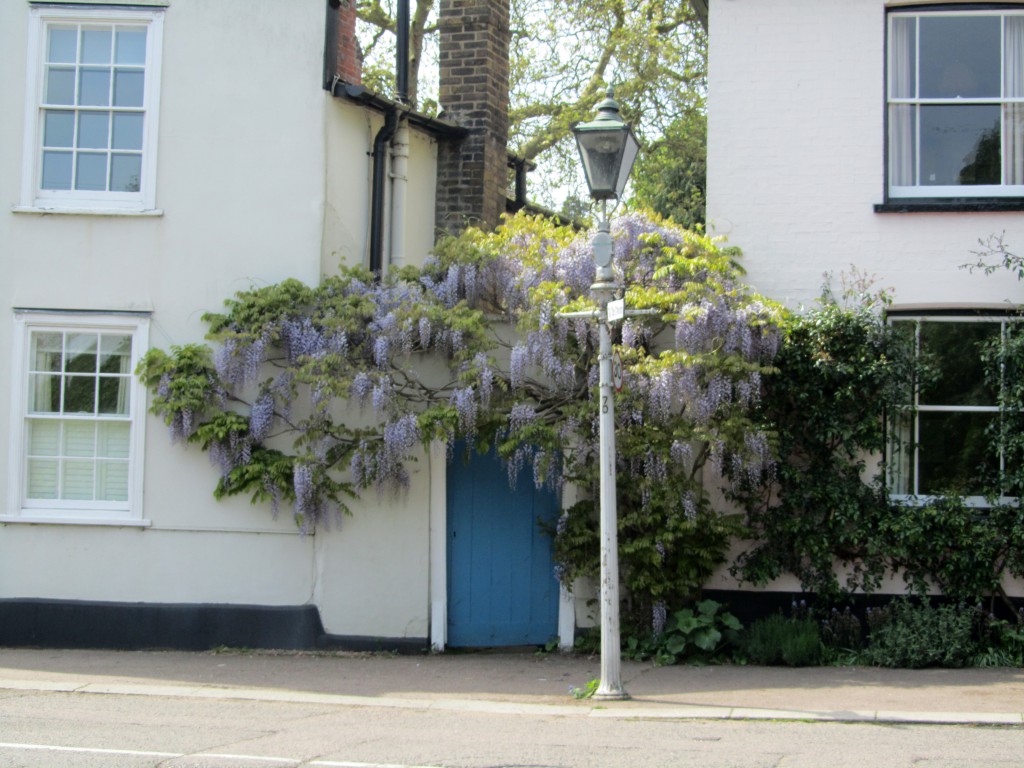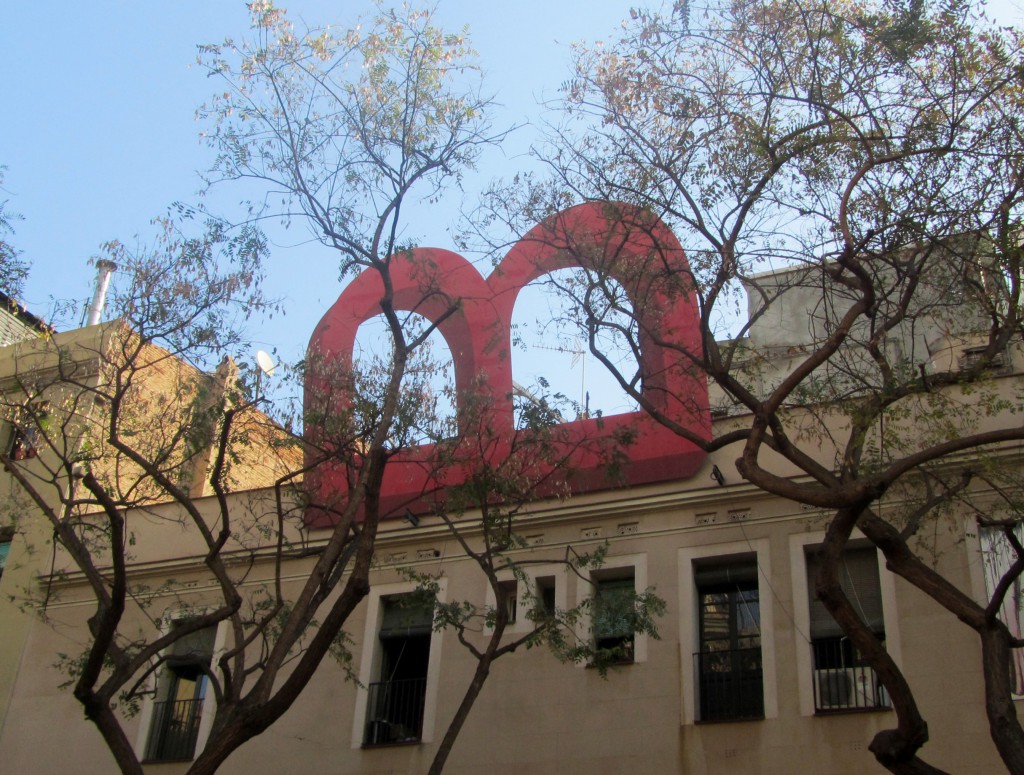We were welcomed to Much Hadham by a hysteria of wisteria, as though a single vine had united the genteel facades in a euphoric May bank holiday communal hug. Its root system spread throughout the village, linking the houses with its benevolent infrastructure. Or was that just my imagination? Continue reading “Much Hadham & Much Moore”







